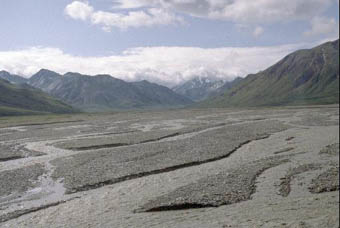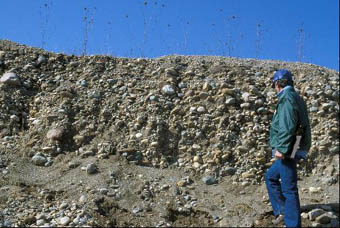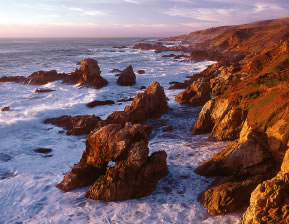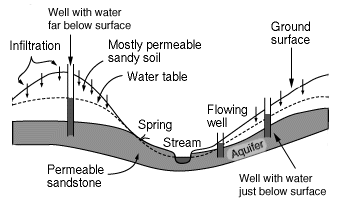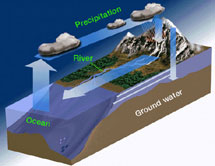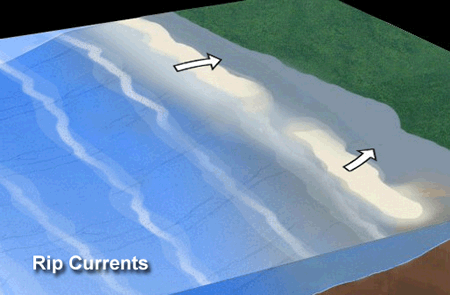
Courtesy of NOAA
Currents at the Coast
Ocean waves often approach a coastline at an angle. This moves water along the coast in a longshore current. Longshore currents grow stronger when the incoming waves are closer to perpendicular to the beach than parallel. The currents also are stronger if the waves are very large, and if the beach has a steep slope.
Longshore currents move sand along the beach, eroding it from some areas and depositing it in other areas. This process is called longshore drift and it is able to, over time, move entire islands in the direction of the current. In areas that have strong longshore drift maps need to be redrawn as the shape of the coastline - the location of channels and sand spits - changes over time.
Longshore currents can carry more than just sand. They can carry people away too. Thus, these currents can be very dangerous for people swimming in the ocean. The dangerous aspect of a longshore current is called a rip current. It forms as part of a longshore current is drawn away from the coast – away from the beach. This happens usually where there is a change in the shape of the seafloor like a break in a sandbar.
The water in a rip current moves at one to two feet per second and some are as fast as eight feet per second. If a person swimming is caught in a rip current, they will be swept far from shore. But because rip currents only happen in isolated areas, usually not more than 25 meters (80 feet) wide, swimming parallel to the shore should get the person out of the rip current zone. The most important thing is not to panic. Moving water is a powerful force and swimming against it when caught in a rip current would be exhausting.






